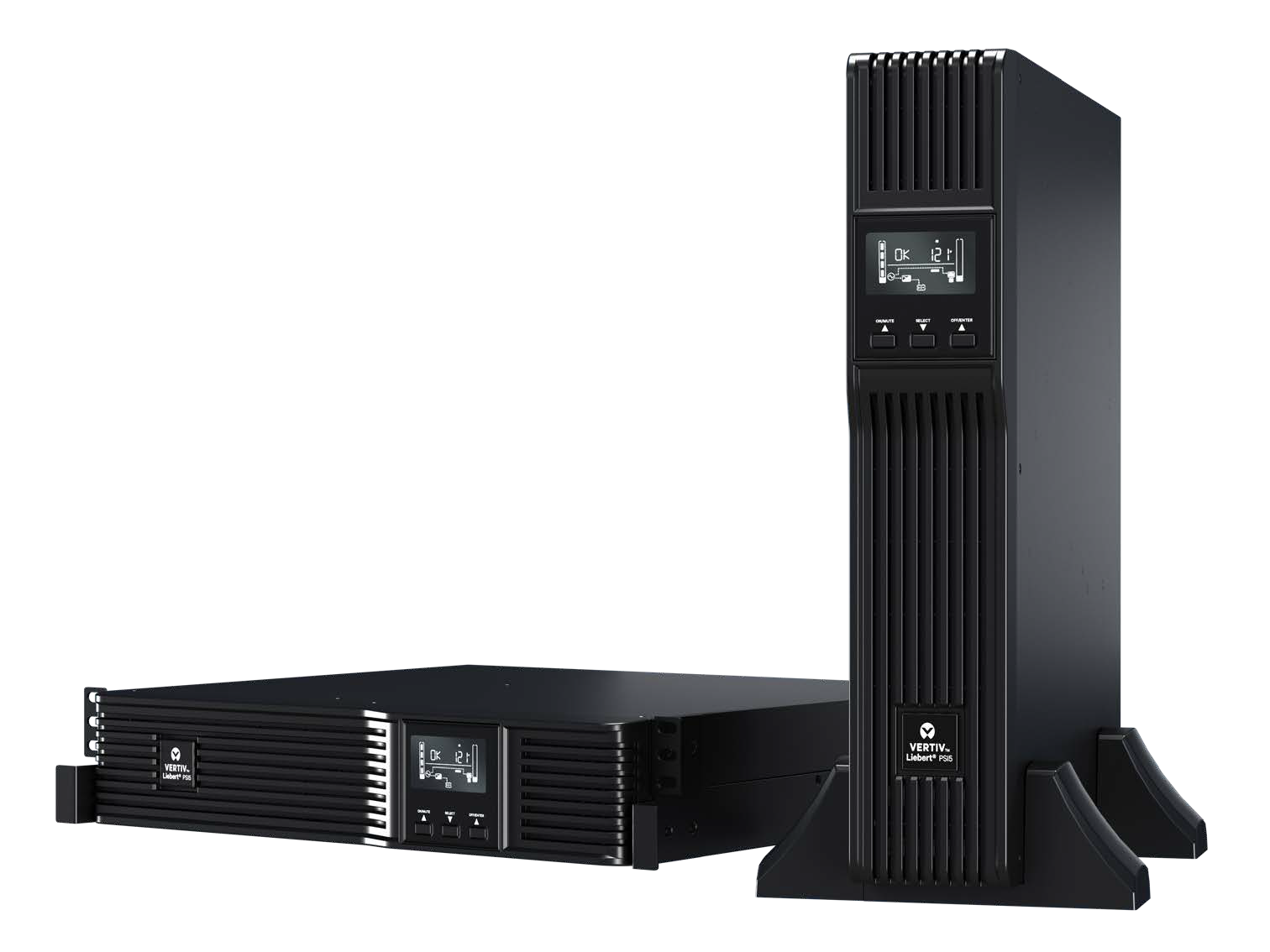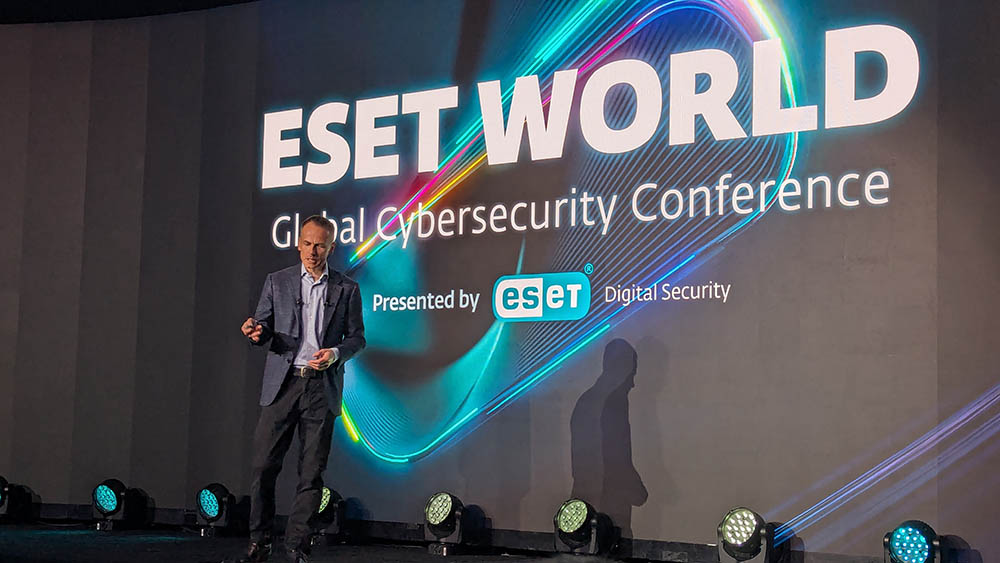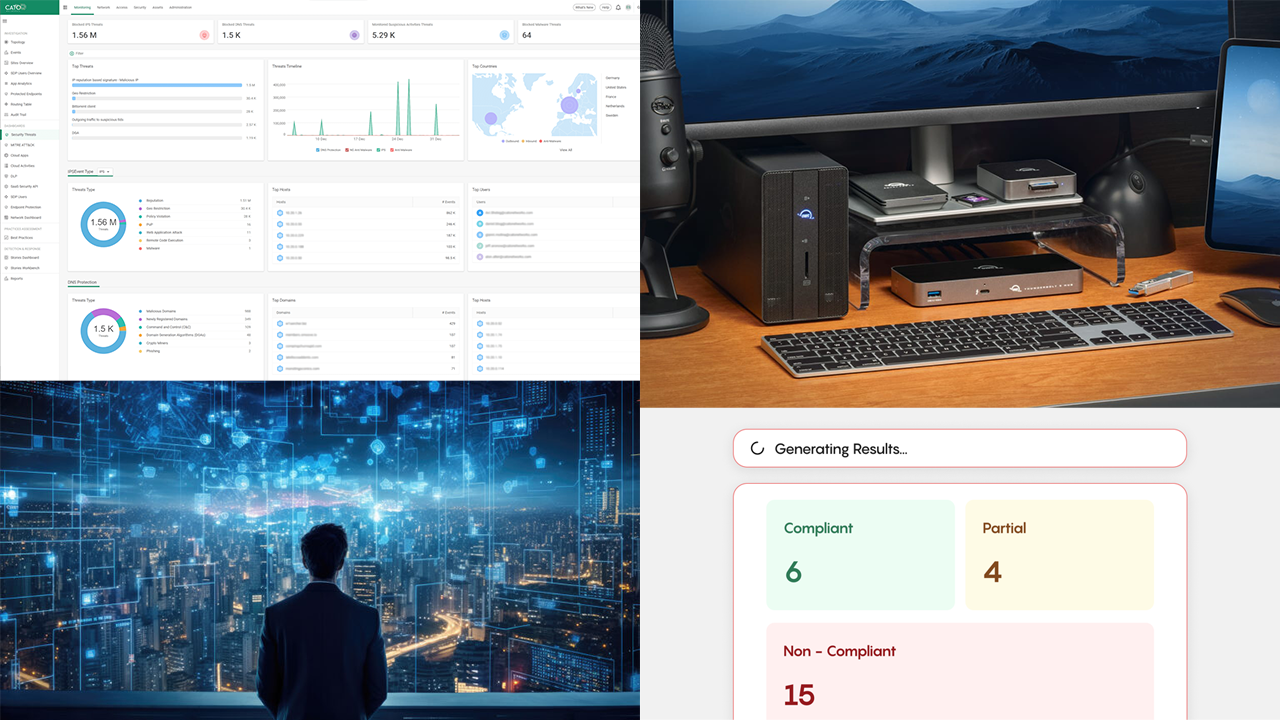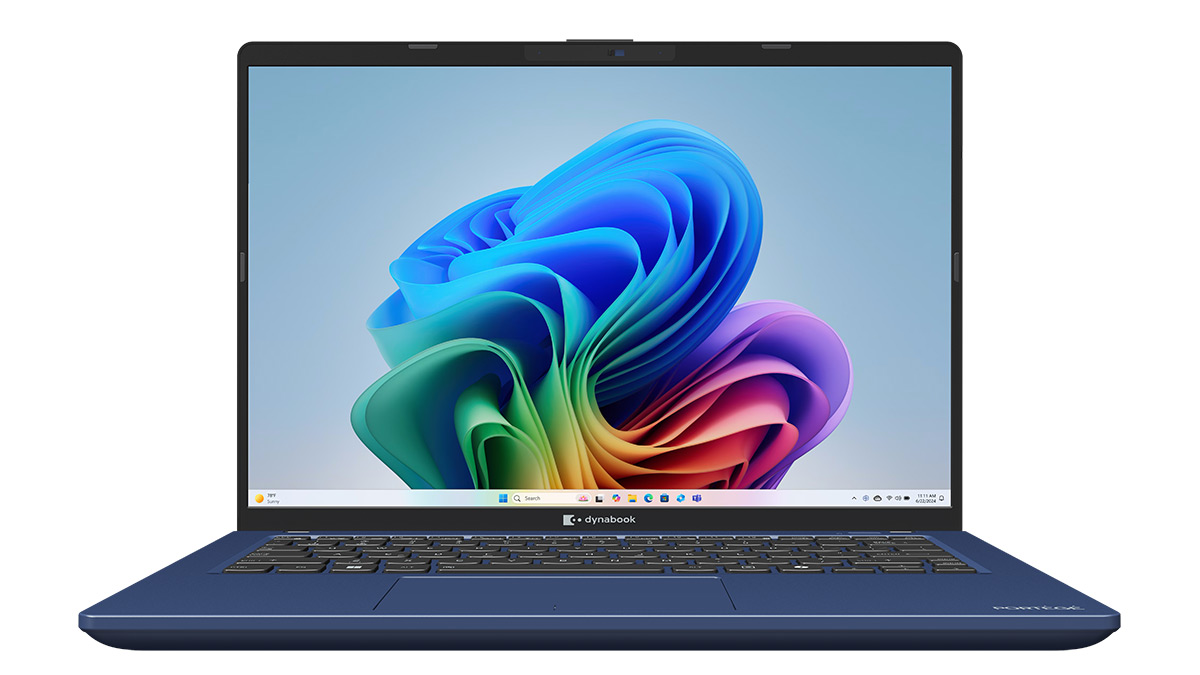CHANNEL PROS ARE KEENLY AWARE how costly unplanned downtime can be for their customers, which means uninterruptible power supplies (UPS) are necessary for those crucial minutes when the lights go out. A properly implemented UPS can give system administrators the time necessary to shut systems off safely, or keep things humming as power is switched from main to backup sources, like a generator.
When it comes to UPS systems, the latest models using lithium-ion batteries are on fire. Wait. Not literally on fire, I mean they are really hot right now. No. Not hot, hot. Like explosive. Wait. I mean … never mind.
Exploding lithium-ion battery puns aside, UPS makers are releasing new generations of products that use lithium-ion batteries in favor of the stalwart VRLA (valve regulated lead-acid) battery. Without getting into a deep discussion on the pros and cons of battery chemistries, the short of it is that lithium-ion batteries offer some compelling improvements in weight, power, recovery, and service life of a UPS. Cost has been a huge factor in limiting the commercial viability of lithium-ion-based UPS models, but prices have dropped considerably in the last few years. And while these UPSs may still cost more up front, the total cost over time will be the same or less.
So what does one of the newest UPS models running lithium-ion batteries look like, and how does it perform? To answer that question, we turn to Vertiv and its Liebert PSI5 Lithium-Ion UPS.
We reviewed the PSI5-1500RT120L and companion Liebert IntelliSlot Unity-SNMP network card for remote monitoring and management. It is a single-phase, line-interactive UPS with a 1500VA/1350W power rating using a lithium-ion (LiFePO4) battery in a 2U rack height. Vertiv offers a similar model with double the battery (3000VA/2700W) and an extra outlet at the same height.
The PSI5—Out-of-the-Box Overview
In the box with the PSI5 are the usual UPS accessories, such as USB cable, rack mounts, and a floor stand for vertical use. There’s also a slide rail kit, which is a nice addition.
One of the benefits of lithium-ion batteries is immediately apparent—weight reduction. At just under 29 pounds, the PSI5 is half the weight of lead-acid units at the same power rating.
Setup is simple and straightforward. Once you attach the floor stands or rail accessories, the final remaining step is to fasten the plastic front cover, which comes nestled in foam to prevent it from breaking during shipping.
The PSI5 sports an all-black color scheme that will fit in any data center. It’s metal all the way around with the exception of the plastic front cover, which has a horizontal slotted/vented look. Offset from the center is a monochrome LCD screen with three buttons underneath that can be physically rotated 90 degrees for horizontal or vertical before attaching the front cover. The screen allows the user to see the basics like current load, input and output voltages, battery level, etc.
There are six outlets on the back; three are always on and three are programmable (Figure 1). There is also a USB port for local use, EPO (Emergency Power Off) connector, two RJ-45 connectors for network surge protection, and a slot for an optional SNMP card.
Should the battery need to be serviced or replaced, it is easily accessible from behind the front panel.
Performance and Maintenance
How long a UPS will be able to keep things running varies on the amount of load (Figure 2). Vertiv claims it can run for 7.5 minutes at full load, and nearly 18 minutes at half-load. In our testing, we simulated a power event with an approximate 50% and 80% load, stopping the test when the UPS indicated 10% power remaining. Recovery (recharge) time is also a critical data point, so we noted how long it took to reach specific points in the charging cycle. We repeated the test numerous times and averaged the results. It is important to point out, however, that UPS performance will change as the batteries are cycled and age.
In our simulated power loss, the PSI5 flawlessly switched over to internal battery and was able to carry an 80% (1100W approximate) load to 10% capacity for 8 minutes and 12 seconds. At 50% load, we averaged 15 minutes and 22 seconds. Those runtime numbers line up well with Vertiv’s claims, which isn’t surprising.
One of the biggest performance benefits to lithium-ion is the recovery (recharge) time. The faster it can get those cells charged, the sooner it is ready to handle additional power events. From our 10% starting point, the PSI5 was back to 20% in less than 10 minutes, hit 50% in 36 minutes, and was back to full capacity an average of 90 minutes later. That is significantly faster than lead-acid solutions.
Monitoring and Management
The base model includes no networking, monitoring, or management capabilities, but these functions can be enabled via an add-in card. If you do any kind of remote monitoring and management for your customers, consider the IntelliSlot Unity SNMP network card a must-have (Figure 3).
There is a web interface when directly connecting over the network. Within it you can see detailed information about status, alerts, logs, and load. You can control output functions, reboot outlets, adjust a variety of settings, set protocols and various alerts, and more. The interface is basic and somewhat tedious given the number of levels and sublevels, but it’s functional and quick once you know where to look.
With SNMP v1/2c/3 support, it can integrate with data center management system applications over HTTPS with installable certificates, which is what you’ll want if you’re managing a large number of Liebert products. It works well with the company’s Trellis Power Insight software (Windows/Linux), which is web-based and free to use for distributed deployments of up to 100 units. It also works with LIFE Services, Liebert Nform, and Trellis Enterprise for larger deployments.
Conclusion
When a single minute of unplanned downtime can cost a business thousands of dollars or more, investing in the right and best technologies to stay up and running is critical. The rise of lithium-ion in UPSs isn’t a fad or passing trend, and the Vertiv Liebert PSI5 perfectly demonstrates why.
Realistically, a lead-acid battery will last two to four years with a moderate decline in performance over that span. The runtimes go down and potential for outright failure increases as they age, therefore they must be replaced regularly.
One of the benefits of lithium-ion compared with lead-acid is how much longer the batteries last, and how many more cycles they can handle. Vertiv warranties the battery for a full five years, but given the lower performance loss over time, some installations could go seven to 10 years on the same battery. For MSPs and integrators, the longer the battery lasts, the less it must be serviced (if you ever service it at all), which reduces your costs, plain and simple.
Vertiv’s Liebert lithium-ion PSI5 provides longer runtimes at half the weight, is ready to deliver for the next event faster, can be fully managed and monitored (with the add-on card), and may never have to be touched until the whole UPS needs to be replaced. For the modern MSP, it’s like having your cake and exploding it too. Because who doesn’t love exploding cake?
SPECIFICATIONS AND PRICING (COURTESY OF VERTIV)
MODEL: Vertiv Liebert PSI5-1500RT120L | IS-UNITY-SNMP
MSRP: $1,545 | $325
Power Rating: 1500VA / 1350W
Input Voltage: Nominal: 120VAC / Range: 75-146VAC
Output Voltage: 120VAC default; 100/110/115/125VAC user selectable
Efficiency: Up to 97.1% (normal mode)
Wiring: Input: 5-15P; output: 6 x 5-15R
Operating Temperature: 32° to 104° F (0° to 40° C)
General: Pure sinewave output on battery
Listings: UL 1778, c-UL-us Listed, NOM, FCC Part 15, Class B
Topology: Line-interactive (automatic voltage regulation)
Service Access: Front access (hot-swappable battery kits)
Images: Courtesy of Vertiv
















